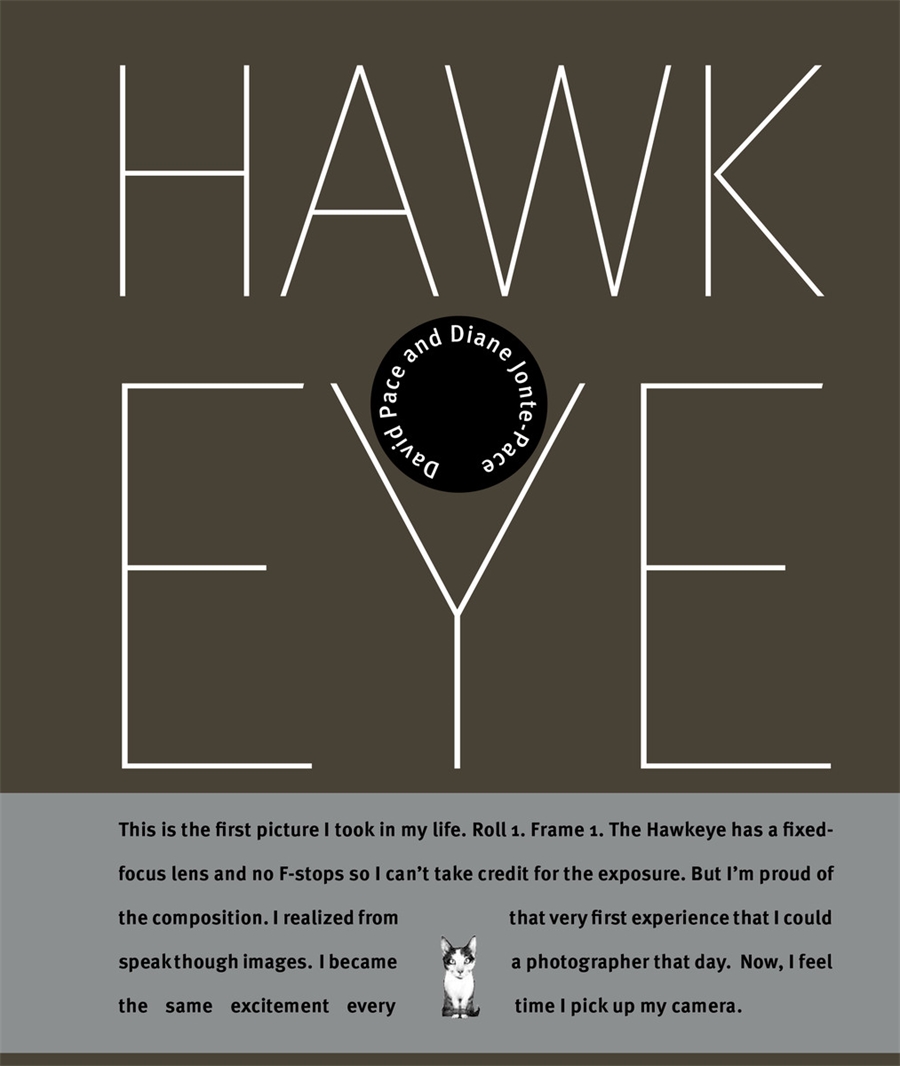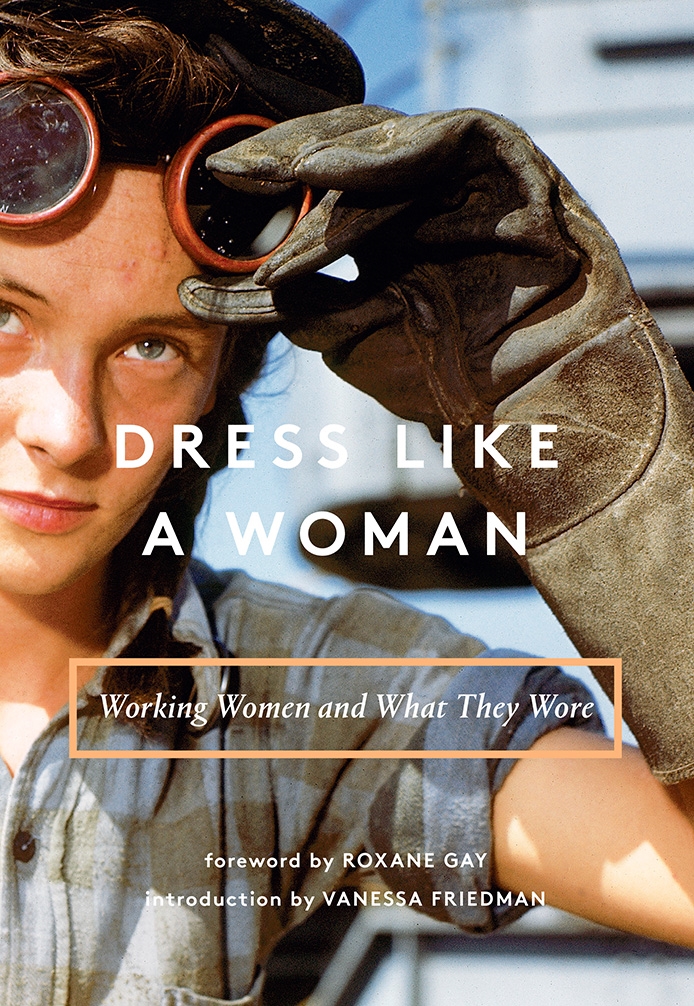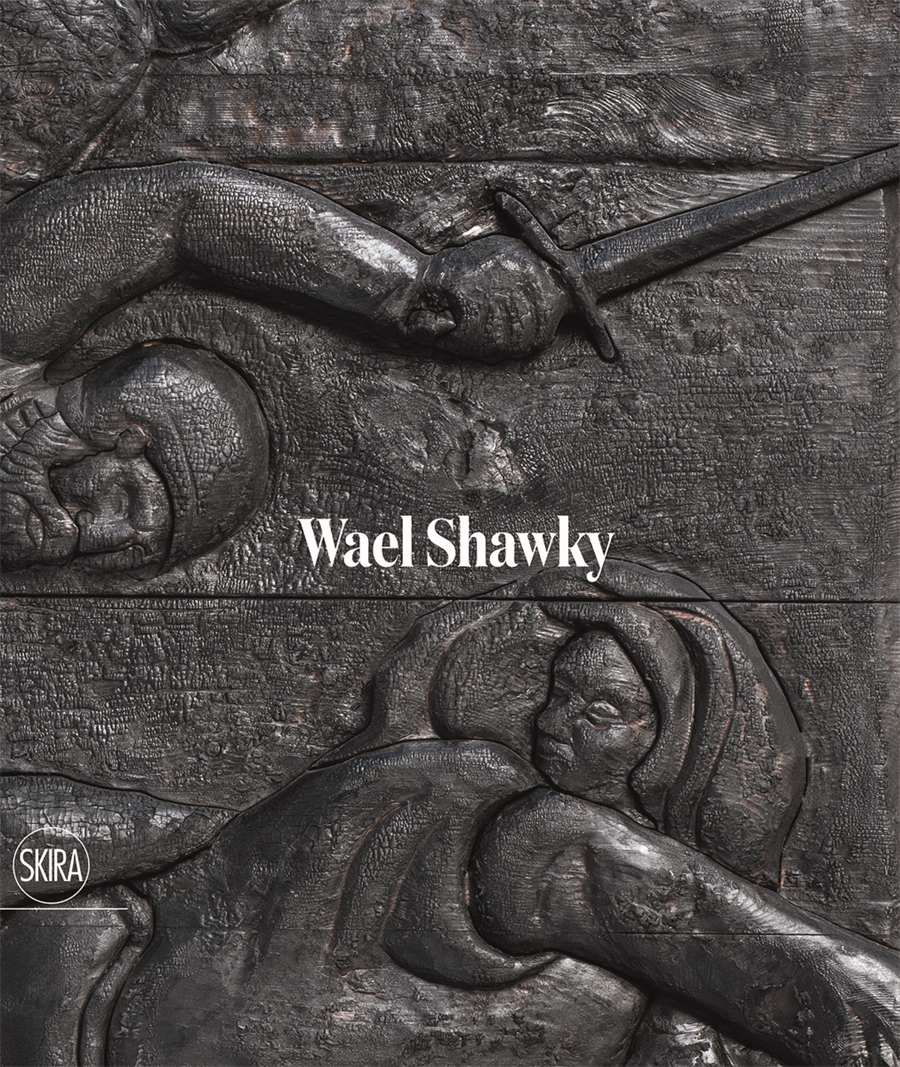Description
“Load right, aim sharp, and shoot well. The satisfaction of good pictures will be your reward.” – Brownie Hawkeye Instruction Manual, 1959
This is the first picture I took in my life. Roll 1. Frame 1. The Hawkeye has a fixed focus lens and no F-stops so I can’t take credit for the exposure. But I’m proud of the composition. I realized from that very first experience that I could speak though images. I became a photographer that day. Now, I feel the same excitement every time I pick up my camera. – David Pace, March 2020, sixty years after he took that picture in February 1959
David’s rich childhood archive documents the origin of the creative impulse in the life of a remarkable photographer. In addition, it traces the trajectory of the post-war America in transition from an agricultural economy to an economy based on consumer products. It captures, as well, an important moment in the pre-history of one of America’s most iconic locations: Sunnyvale, California, the heart of what we now call Silicon Valley. The neighborhood where David photographed family and friends with the Brownie Hawkeye is now the neighborhood of Apple, LinkedIn, Google, and Nokia. The young photographer, with his ability to “speak through images,” left us a set of powerful Hawkeye photographs that narrate a story, both personal and cultural, of the origin and history of Silicon Valley. – Diane Jonte-Pace, March 2021
David Pace, a San Francisco Bay Area photographer, died of leukemia in October 2020. His photographic work included a collaboration with gallerist Stephen Wirtz transforming World War II wirephotos into contemporary art by exposing the history of earlier manipulations of the images. Published in book form in 2019, Images in Transition: Wirephotos 1938-1945 has been exhibited both nationally and internationally. David was also well known for his ten-year project on life in a rural West African village. His photos of the Karaba Brick Quarry in Burkina Faso were featured in Venice during the 2019 Biennale. Other significant work included "Re: Collections," a project reflecting on the nature of collecting, and "Velocity," a series of photographs taken from the windows of high-speed trains, capturing the sense of life speeding past, faster and faster.
The posthumously published Hawkeye is a companion volume to David's 2020 publication, Where the Time Goes. Both books are collaborations with Diane Jonte-Pace, David's wife of many years. Where the Time Goes, released shortly before David's death, examines Diane and David's relationship since the early 1970s. Hawkeye looks further back, to photographs David took with the Brownie Hawkeye camera he received for his eighth birthday in 1959. The photographs in Hawkeye document, from a child's perspective, family, church, work, and school in the region that would soon become Silicon Valley.
David taught photography at San Jose State University, San Francisco State University and Santa Clara University. His work is in a number of museum collections, including the Portland Museum, the de Saisset Museum, the Triton Museum, the Crocker Museum, and the San Jose Museum of Art.
A retired professor, scholar, and administrative leader, Diane Jonte-Pace served for many years as Vice Provost for Academic Affairs at Santa Clara University, where she also taught in the Department of Religious Studies. Her earlier publications, including Speaking the Unspeakable: Religion, Misogyny, and the Uncanny Mother in Freud's Cultural Texts, 2001, and Mourning Religion, 2008, explored psychoanalytic perspectives on religion, gender, and culture. Later work addressed issues in higher education and curricular reform.
Diane turned in recent years to more reflective and personal writing, collaborating with David in Where the Time Goes and Hawkeye. Both books, in a sense, are reflections on transience and the fragility of life through examinations of personal photographic archives. Both draw on images from the personal past to construct meaningful narratives of individual, relational and cultural change.
Diane and David have two remarkable daughters and four creative grandchildren.




Reviews
There are no reviews yet.